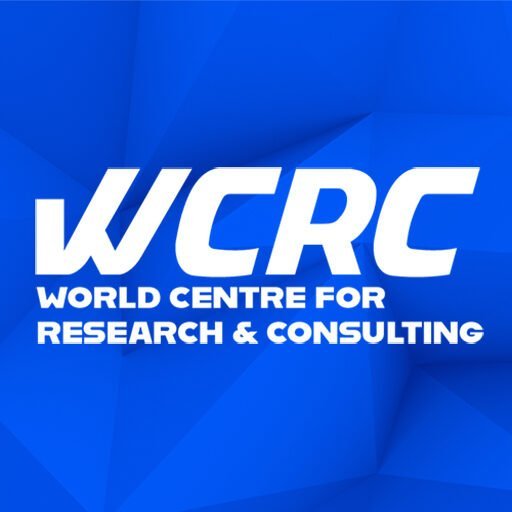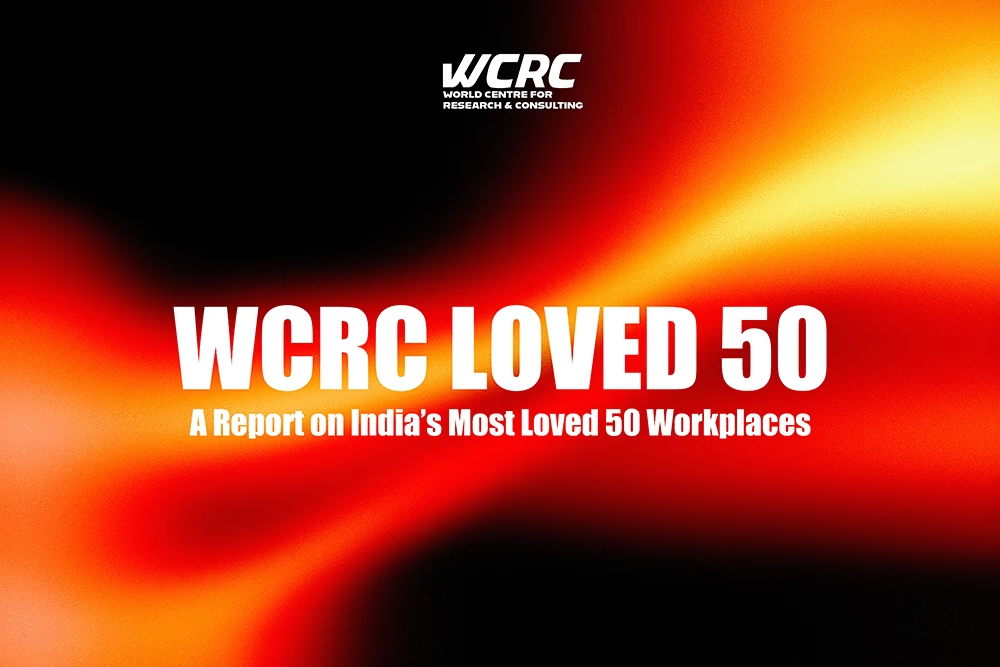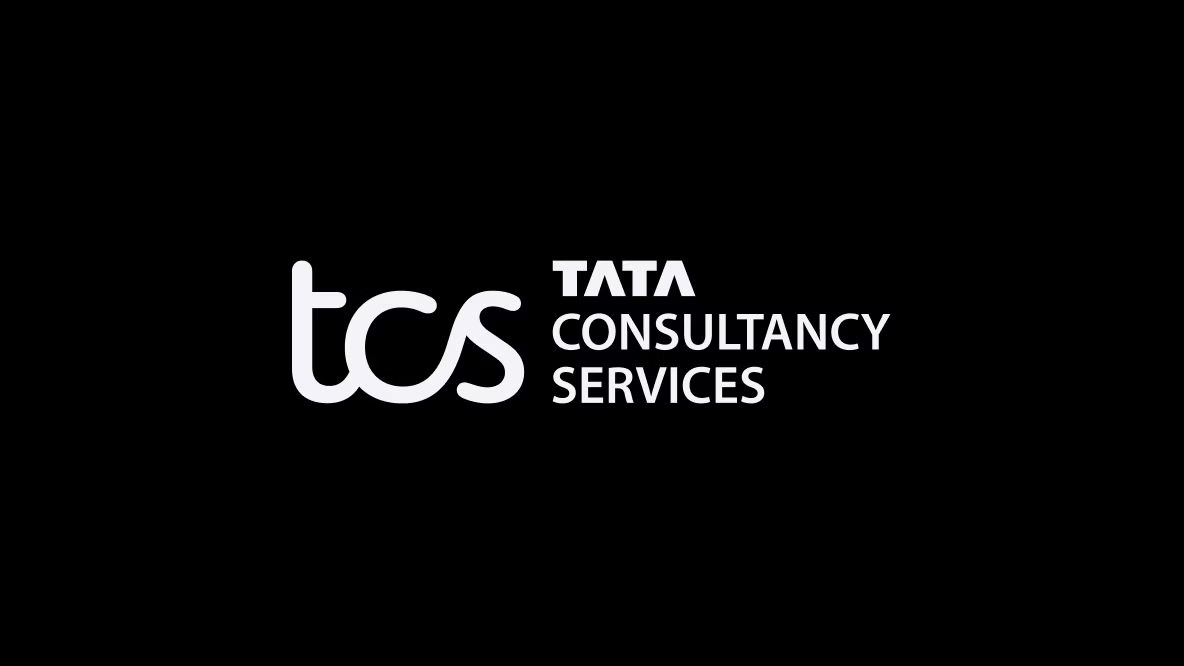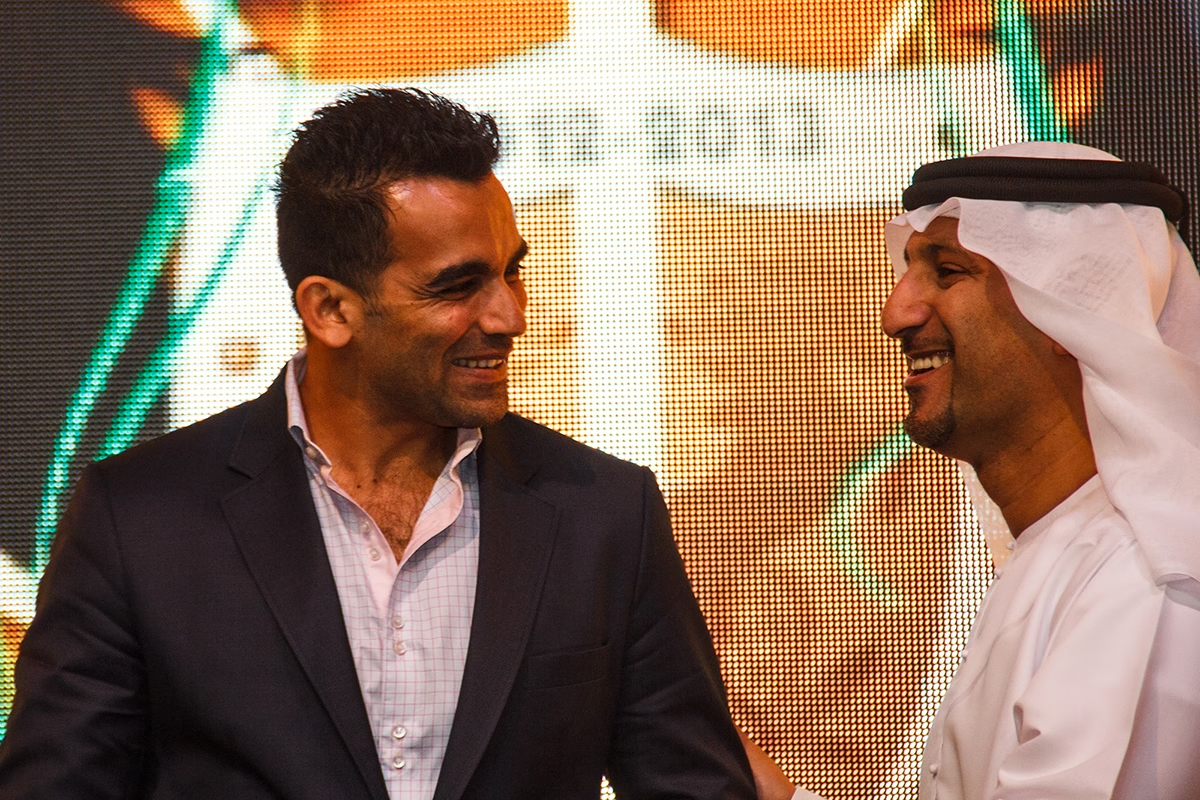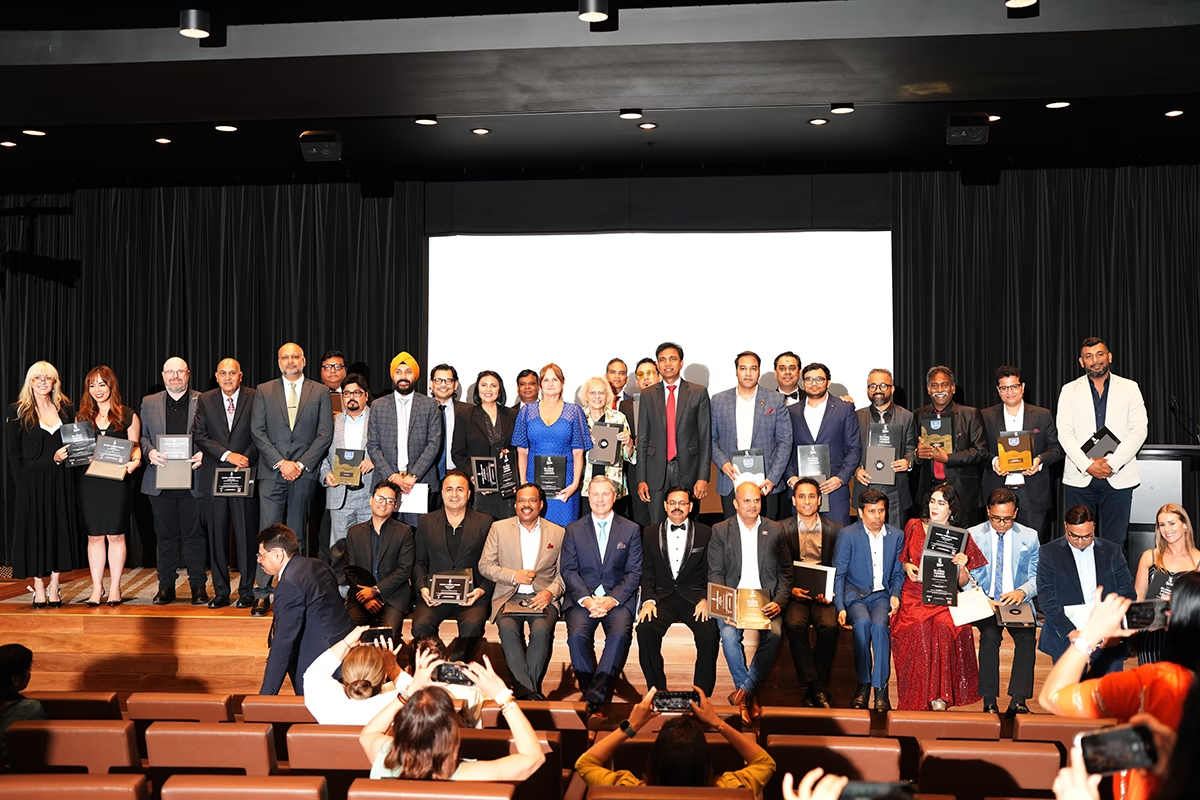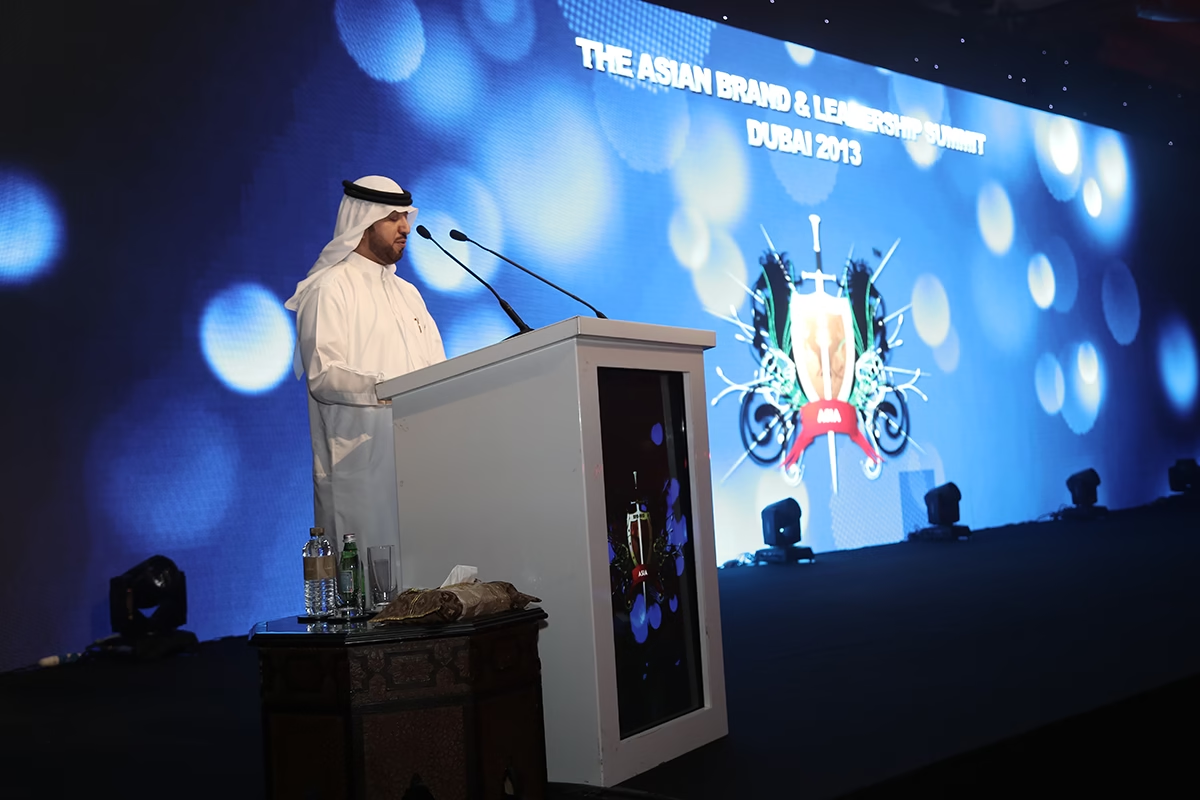 THE TRANSPORTER
THE TRANSPORTER
FACTOIDS
- Tata Motors Limited is India’s largest automobile company, with consolidated revenues of Rs.2328.34 billion in 2013-14
- The Tata Motors Group has over 60,000 employees
- Tata Motors is expanding its international footprint in Europe, Africa, West Asia, South East Asia, South Asia, South America, CIS and Russia
- The fi rst vehicle from Tata stable rolled out in 1954
BLAZE TO BRILLIANCE
The Tata Motors Group’s over 60,000 employees are guided by the mission “to be passionate in anticipating and providing the best vehicles and experiences that excite our customers globally”. The foundation of the company’s growth over the last 69 years is a deep understanding of economic stimuli and customer needs, and the ability to translate them into customer-desired offerings through leading edge R&D.
With over 4,500 engineers, scientists and technicians, the company’s Engineering Research Centre, established in 1966, has enabled pioneering technologies and products. The company today has R&D centres in Pune, Jamshedpur, Lucknow and Dharwad in India and in South Korea, Italy, Spain, and UK.
FAITH FACTOR
The corporate governance philosophy is further strengthened with the adherence to the Tata Business Excellence Model as a means to drive excellence and the balanced scorecard methodology for tracking progress on long term strategic objectives.
Tata Motors is also expanding its international footprint, established through exports since 1961. The company’s commercial and passenger vehicles are already being marketed in several countries in Europe, Africa, West Asia, South East Asia, South Asia, South America, CIS and Russia. It has franchisee/joint venture assembly operations in Bangladesh, Ukraine and Senegal.
ENGAGEMENT THAT ENTHRALS
Tata Motors is committed to improving the quality of life of communities by working on four thrust areas – employability, education, health and environment. The activities touch the lives of more than a million citizens. The company’s support on education and employability is focused on youth and women. They range from schools to technical education institutes to actual facilitation of income generation. In health, the company’s intervention is in both preventive and curative health care. The goal of environment protection is achieved through tree plantation, conserving water and creating new water bodies.
INNOVEDGE
It was Tata Motors that launched the first indigenously developed Light Commercial Vehicle in 1986. In 2005, Tata Motors created a new segment by launching the Tata Ace, India’s first indigenously developed mini-truck. In 2009, the company launched its globally benchmarked Prima range of trucks and in 2012 the Ultra range of international standard light commercial vehicles. In their power, speed, carrying capacity, operating economy and trims, they will introduce new benchmarks in India and match the best in the world in performance at a lower life-cycle cost.
BRAND EQUITY
The Tata Code of Conduct is a set of principles that guide and govern the conduct of Tata companies and their employees in all matters relating to business. First elucidated in 1998, the code lays down the ethical standards that Tata employees have to observe in their professional lives, and it defines the value system at the heart of the Tata group and its many business entities.
The code is a dynamic document that reinforces the Tata canon of honourable behaviour in business. While it has remained unaltered at its core, the code has been modified down the years to keep it in step with changing regulatory norms in different parts of the world that Tata companies now do business in.

